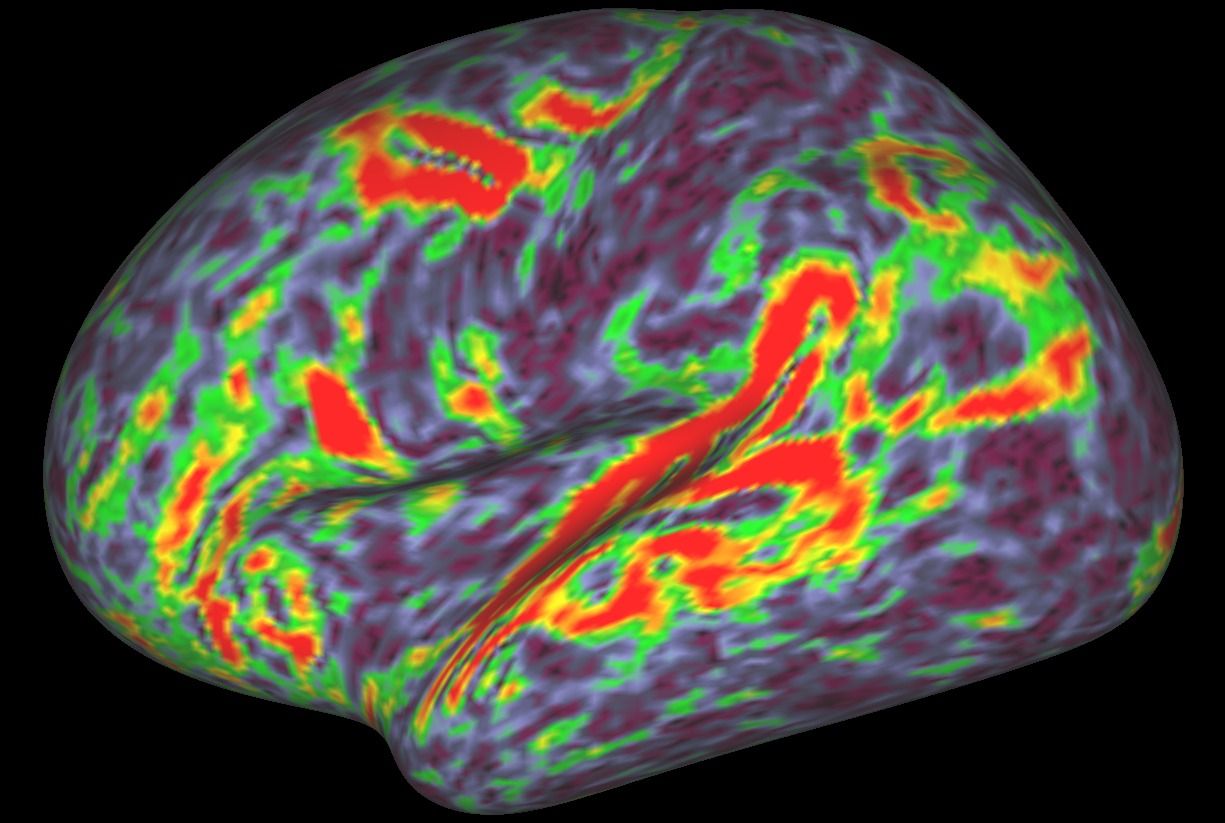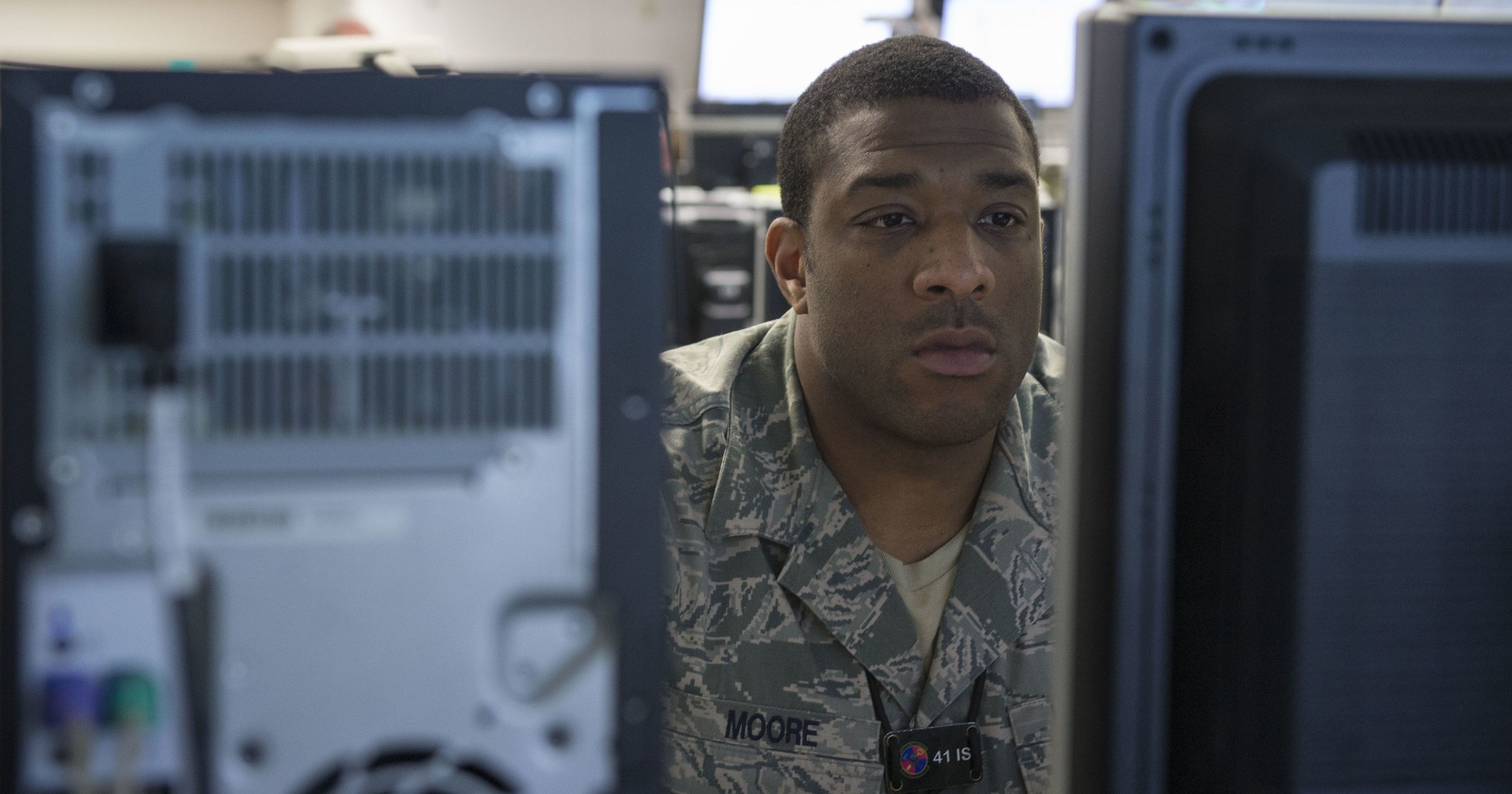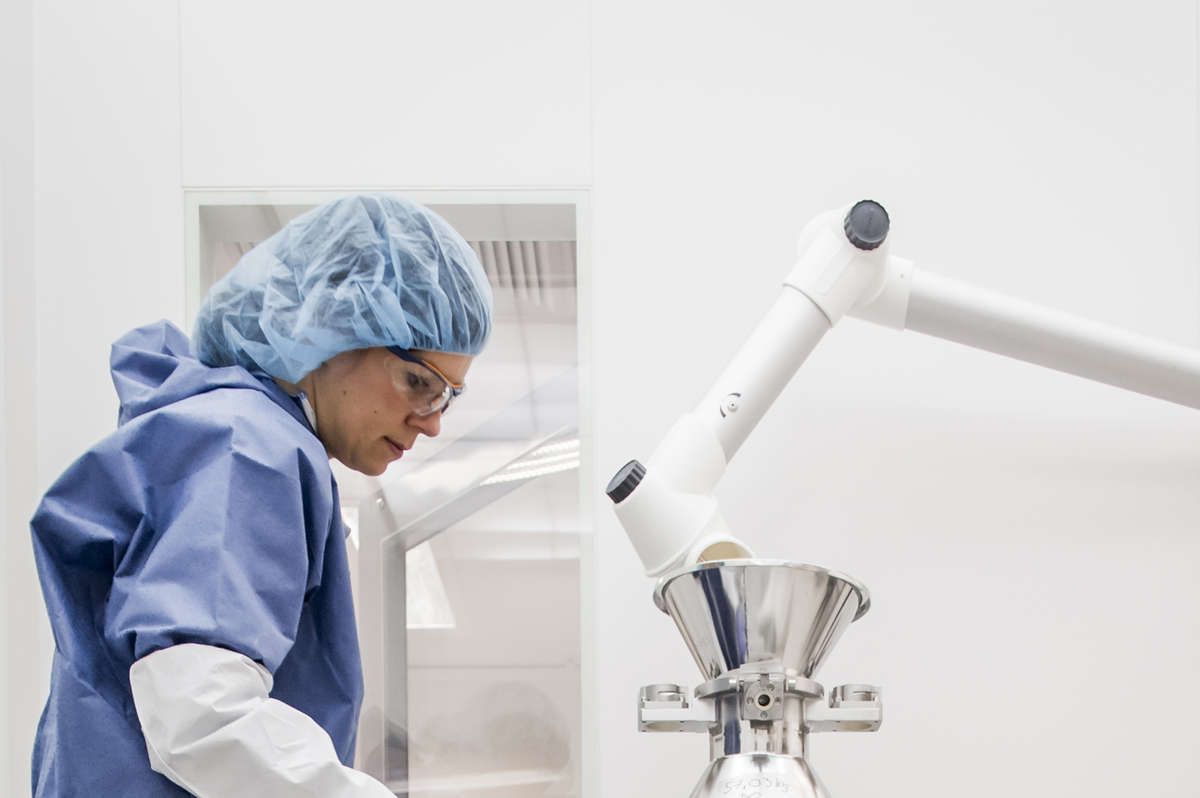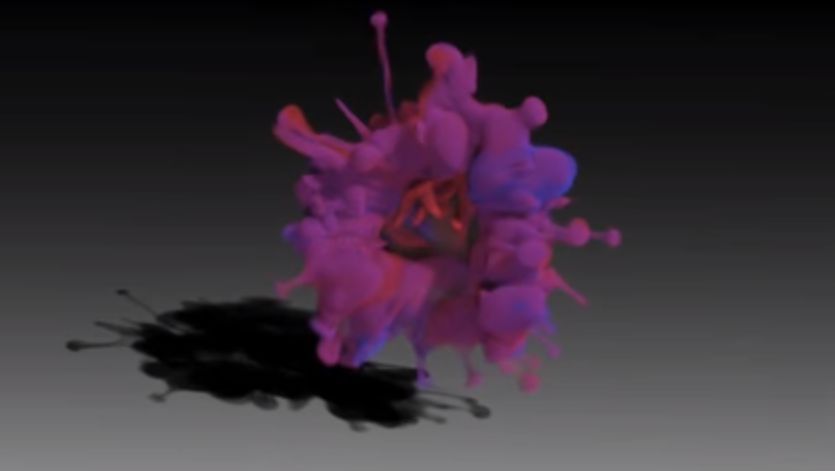The nextgen of Solar and fuel energy.
Scientists have just discovered a way to directly convert solar energy into a synthetic fuel using carbon dioxide. Current solar technologies operate in either photovoltaic solar or thermal solar. Photovoltaic solar energy is generated through solar panels, which are typically seen on the roofs of houses and many solar plants. The other method of thermal solar is typically only used in large-scale energy plants, as it used mirrors to focus solar energy to heat a liquid which then powers turbines. Both methods, however, involve the conversion of solar energy into electricity. While electricity is useful, much energy is lost in the storing of electricity, something that the conversion process to liquid fuel overcomes.







